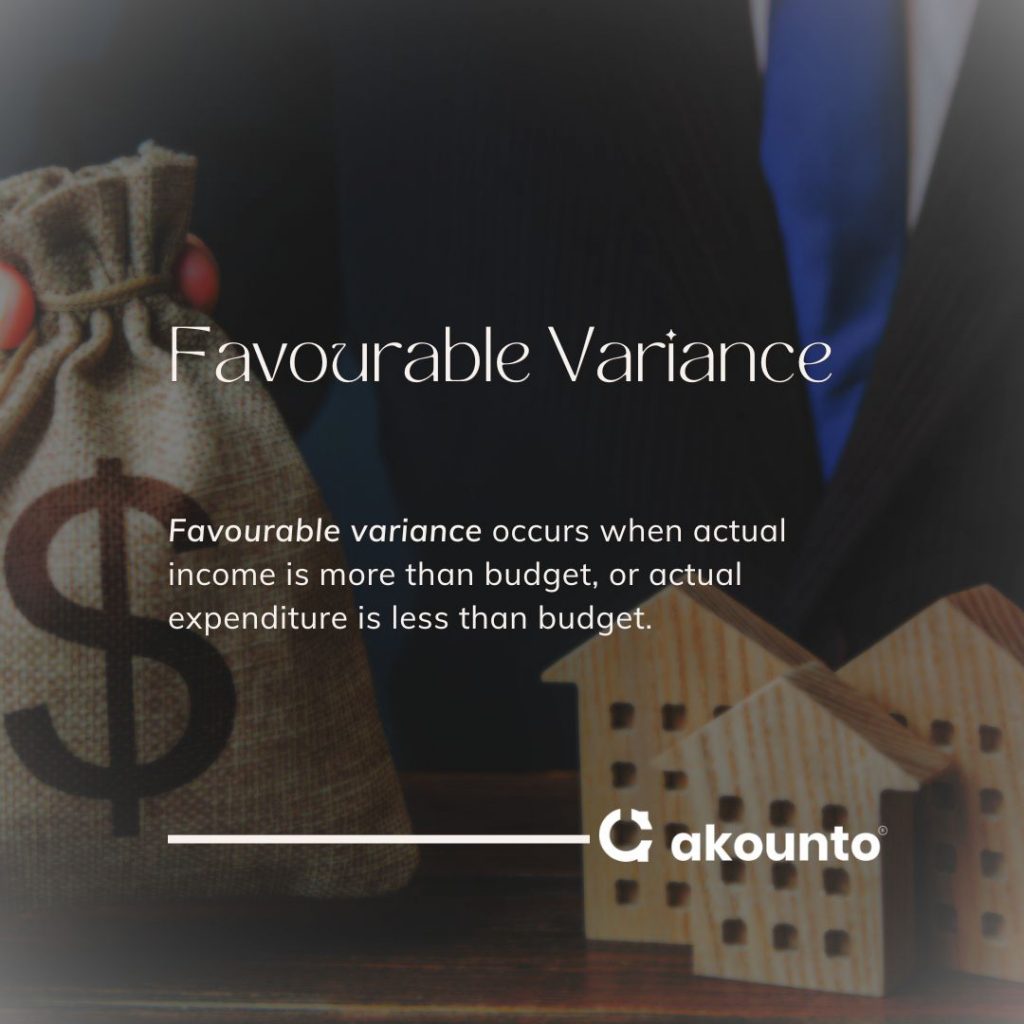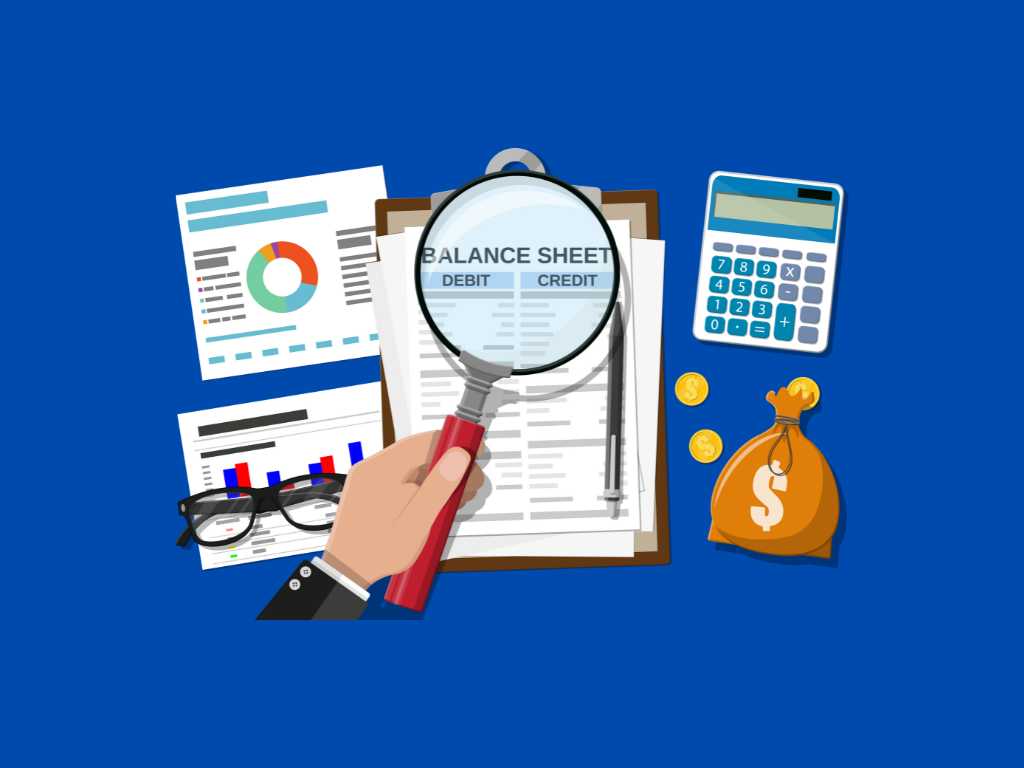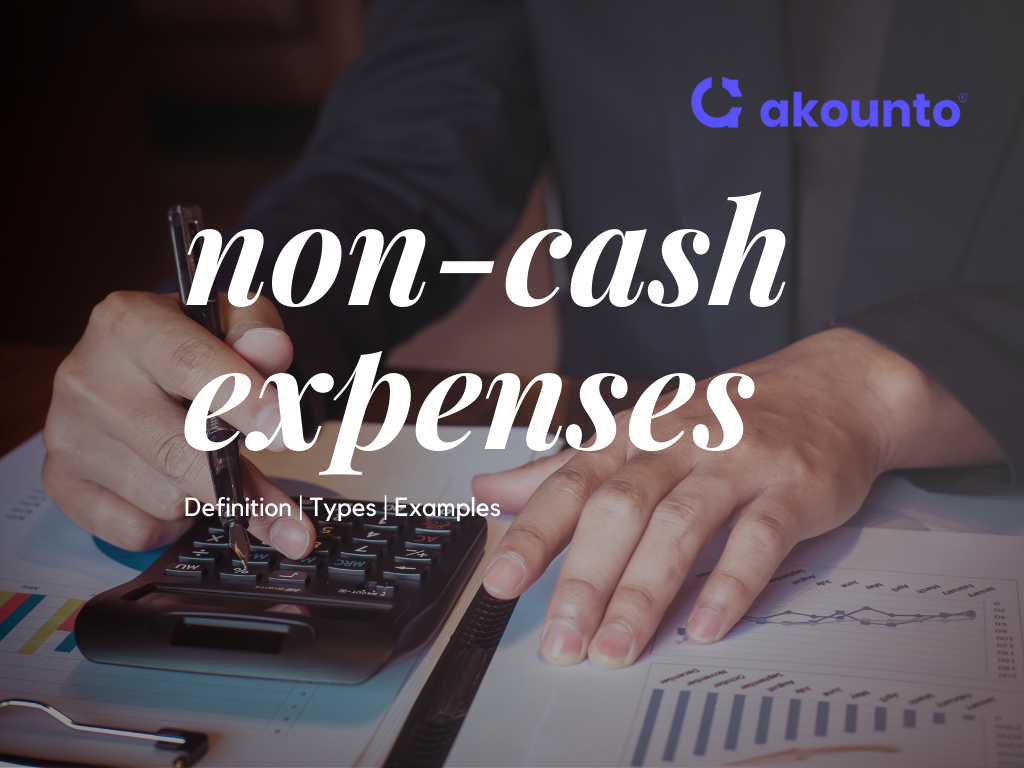A favorable variance occurs when expenses are less than the budget or actual revenue exceeds expected revenue.
What’s covered in the article
What Is A Favorable Variance?

An organization has to plan its expenses to run efficiently. Planning these expenses is called budgeting.
But at times, an organization may experience certain variances from its original budget plans. These variances can be both favorable and unfavorable for an organization. A favorable variance occurs when the business bears fewer actual costs than the budgeted value of a project.
Favorable variances are mostly seen as positive because they save costs for a business. They occur because of factors like efficient resource utilization, cost savings, higher productivity, or other positive factors impacting the outcome.
Interpreting Favorable Variance
Having favorable variances indicate that the business is performing well. It means that the organization can handle its expenses tactfully.
A company with a positive variance mostly succeeds in leveling up its revenue stream. But a favorable variance does not necessarily indicate that all business conditions are in an organization’s favor.
For instance, sometimes, there can be a positive budget variance because an organization has cut its production. Budget variances could also be because of unrealistic production cost estimations. It usually happens with new companies.
Favorable Variance Example
Let’s assume a company budgets the cost of raw materials at $100,000 for manufacturing a product. The company negotiates with a couple of suppliers and finds the one that gives it the best deal at $90,000.
The deviation between the budgeted amount and the actual costs ($10,000) is a favorable variance. Any positive deviations from the original budget that bring profit favor the business.
Favorable Variances And Unfavorable Variances: Difference
An unfavorable variance occurs when a business bears expenses more than the budgeted figures. Unfavorable variances usually hurt the business’s performance.
For example, a business owner expects to earn $10,000 monthly. However, he earns a revenue of only $5,000. The difference of $5,000 is the negative budget variance or unfavorable variance.
Thus, favorable and unfavorable variances signify two opposite situations. The below-mentioned points explain the difference between the favorable and unfavorable variances.
| Basis | Favorable Variance | Unfavorable Variance |
| Definition | Positive deviation from budgeted/expected results | Negative deviation from budgeted/expected results |
| Impact | Signifies better than planned performance | Signifies underperformance |
| Causes | Cost savings, increased revenue, efficiency improvements, favorable factors | Higher costs, lower revenue, inefficiencies, unfavorable factors |
| Financial impact | May lead to increased profitability and improved financial health | May result in decreased profitability and financial strain. |
Can Variances Be Positive Or Negative?
Yes, variances can be positive or negative. A favorable variance is positive because it positively impacts the business. An unfavorable variance is a negative variance because it affects business operations negatively.
What Is A Budget Variance?
Budget variance provides the difference between the actual results and the budgeted amounts. It provides insights into an organization’s performance and whether it aligns with its financial plans or budgets.
Controllable Variance And Uncontrollable Variance – Difference
In order to forecast a budget, a business considers all the expected costs it has to incur. However, many factors could affect the budget.
For instance, if raw materials become expensive or the government policies change, affecting production costs. Such factors are either controllable or uncontrollable.
Controllable variance is when a company can correct the unfavorable variance by taking action. For instance, if a supplier is unwilling to negotiate the prices of raw materials, the management can find a new supplier.
But in cases like government policy changes, it is beyond the control of the business. So, the variance, in this case, is uncontrollable.
Conclusion
An effective budgeting process helps a business keep track of its revenues and expenditures., where a positive variance between budgeted and actual figures signifies improved revenue. Therefore, businesses need to conduct variance analysis to ascertain such variations.
If you’re new, Akounto’s extensive library of accounting articles provides valuable insights, tips, and best practices for small businesses to enhance their financial management. Leverage its features and insightful content to streamline your accounting process and make informed financial decisions confidently.











